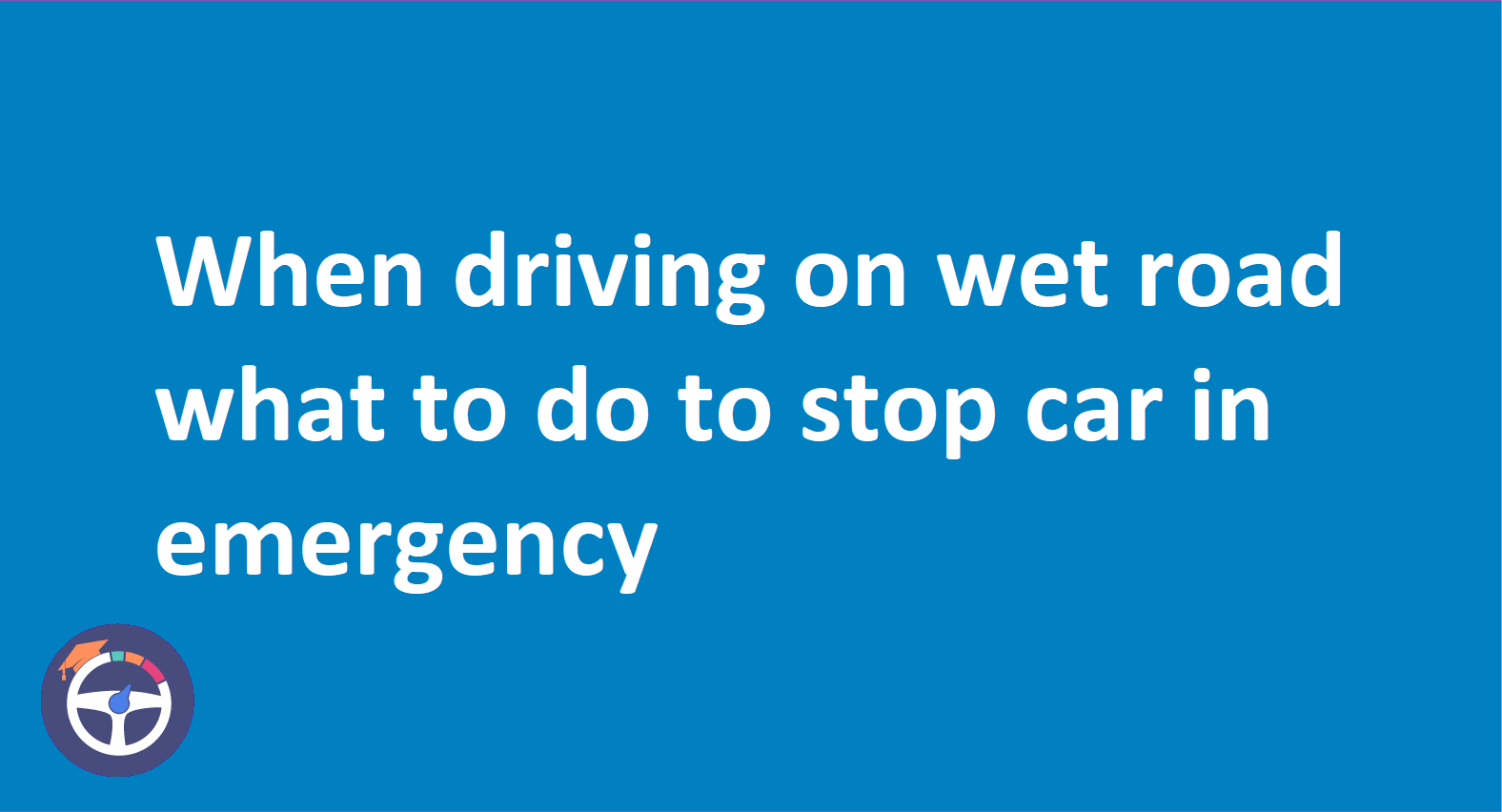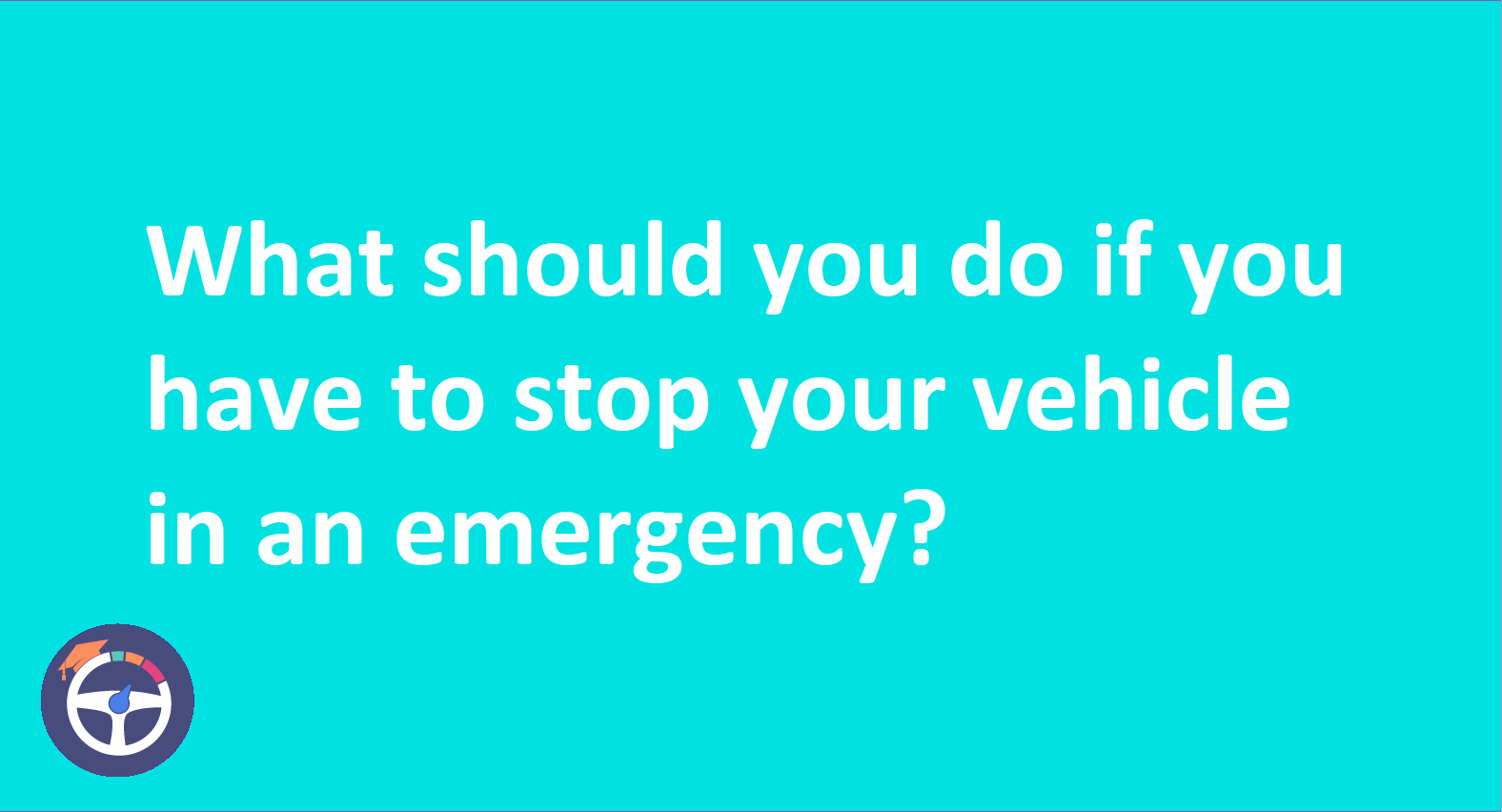On a motorway, what's an emergency refuge area used for?
Emergency refuge areas are located next to the hard shoulder on smart motorways. Whenever possible, you should utilize these areas instead of the hard shoulder when your vehicle breaks down. If the hard shoulder is in use as a running lane, exercise caution when rejoining the motorway.

Contents
- Emergency Refuge Area | What Is It Used For?
- Understanding Emergency Refuge Areas On Motorway:
- Why are ERAs part of smart motorways?
- What is the distance between emergency areas?
- Proper usage of emergency areas:
- Steps to take if you stop in an emergency area:
- On a motorway, what's an emergency refuge area used for?
- Thats A Wrap!
- FAQ
Ever cruised down a motorway, admiring the ribbon of asphalt stretching ahead, only to be jolted by the thought: what if my car sputters out here? Fear not, fellow driver, for on these modern highways, a network of lifesavers awaits - aptly named Emergency Refuge Areas (ERAs).
Understanding Emergency Refuge Areas On Motorway:
So, what is an emergency refuge area? Think of ERAs as safe havens tucked into smart motorways. These stretches of motorway often ditch the hard shoulder for an extra traffic lane, leaving you feeling exposed during a breakdown. But fret not, ERAs appear roughly every 1.5 miles, offering a protected sanctuary to pull into when trouble strikes.
Why are ERAs part of smart motorways?
Remember that extra lane buzzing with traffic? By converting the hard shoulder, smart motorways aim to ease congestion and keep you rolling. But safety remains paramount, and ERAs bridge the gap, ensuring you're never stranded in the middle of the fast lane.
What is the distance between emergency areas?
Rest easy knowing an emergency refuge area motorway won't be a distant mirage. On average, they're spaced a comfortable 1.5 miles apart, meaning help is never far away. Even if you miss one, the next one is just a short hop away.
Proper usage of emergency areas:
ERAs are for genuine emergencies – breakdowns, flat tires, any situation that renders your car immobile and a danger to yourself and others. Don't use them for a quick rest stop or to avoid a traffic jam. Remember, they're there for those who truly need them.
Steps to take if you stop in an emergency area:
Here are the steps to follow if you find yourself stopped in an Emergency Refuge Area (ERA):
- Activate Hazard Lights and Interior Lights: Immediately turn on your hazard warning lights and interior lights to enhance visibility for other drivers.
- Secure Your Vehicle: Lock all doors to ensure your safety while awaiting assistance.
- Place Breakdown Triangle: Retrieve the orange breakdown triangle from your vehicle and position it approximately 50 meters behind your car on the hard shoulder to alert approaching traffic.
- Use the Emergency Phone: Locate and use the SOS phone within the ERA to contact the traffic control center for assistance. They will provide guidance and support.
- Remain Inside Your Vehicle: Stay inside your vehicle with your seatbelt fastened while awaiting further instructions. Do not exit the vehicle or wander into the active motorway lanes.
- Follow Instructions: Attentively listen to and follow the instructions provided by the traffic control center. They may direct you to move your vehicle slightly or remain in place depending on the situation.
- Rejoin Traffic Safely: When instructed to rejoin the motorway, proceed cautiously and wait for guidance from the traffic control center. They may temporarily halt traffic to create a safe gap for you to merge. Prioritize smooth and controlled merging over rushed maneuvers.
On a motorway, what's an emergency refuge area used for?
On a motorway, an Emergency Refuge Area (ERA) is your safety net if your car decides to play tricks. Think of it as a secure pit stop where you can pull over and get help if you experience a breakdown or emergency. These areas are strategically positioned away from the busy lanes, offering protection and peace of mind while you wait for assistance. Remember, ERAs are for genuine emergencies, not quick rests or traffic avoidance. By using them responsibly, we keep our motorways flowing smoothly and safely for everyone.
Thats A Wrap!
Now, go forth and conquer those motorways, confident that even if your car hiccups, an ERA is always within reach. Happy (and safe) driving!
FAQ
1. Can I use an ERA to avoid a traffic jam?
No, ERAs are strictly for emergencies like breakdowns or medical situations. Using them for non-emergencies can delay assistance for those who truly need it and disrupt traffic flow.
2. What happens if an ERA is full?
If an ERA is full, continue driving to the next one. While less likely due to their spacing, it's still possible. Remember, it's crucial to stay calm and not attempt to stop within the live lanes.
3. Do I need to pay for using an ERA?
No, using an ERA and the SOS phone inside it is free of charge. These facilities are funded through motorway maintenance budgets and designed to support driver safety.
4. Can I leave my car and walk to the hard shoulder after stopping in an ERA?
It's best to stay inside your vehicle with your seatbelt on unless instructed otherwise by the traffic control center through the SOS phone. Exiting the car poses unnecessary danger to yourself and others on the motorway.
5. What happens if my car breaks down just before or after an ERA?
If you can safely reach the ERA, do so. If not, call emergency services on your phone and explain your situation. They will be able to guide you on the safest course of action.


